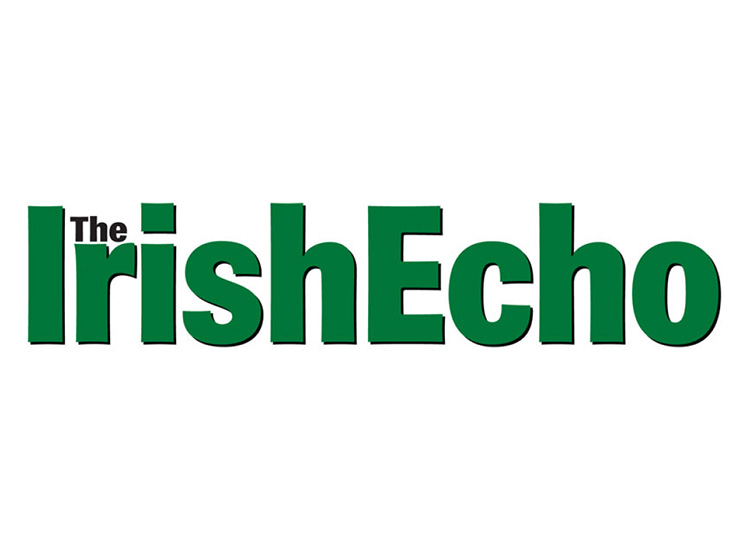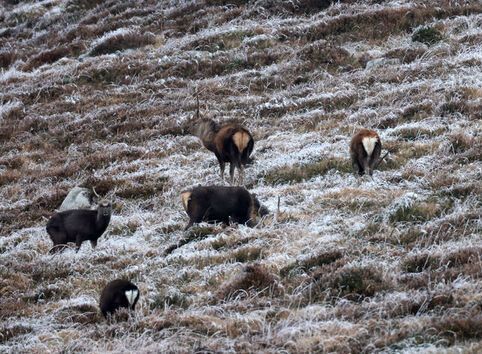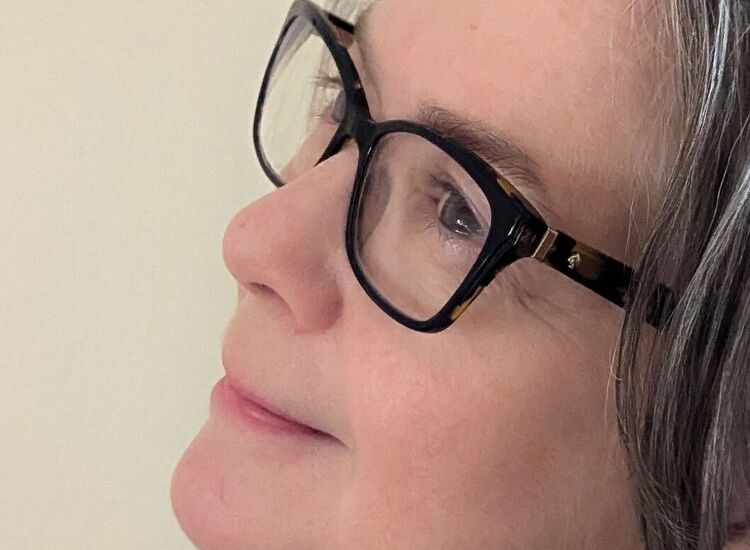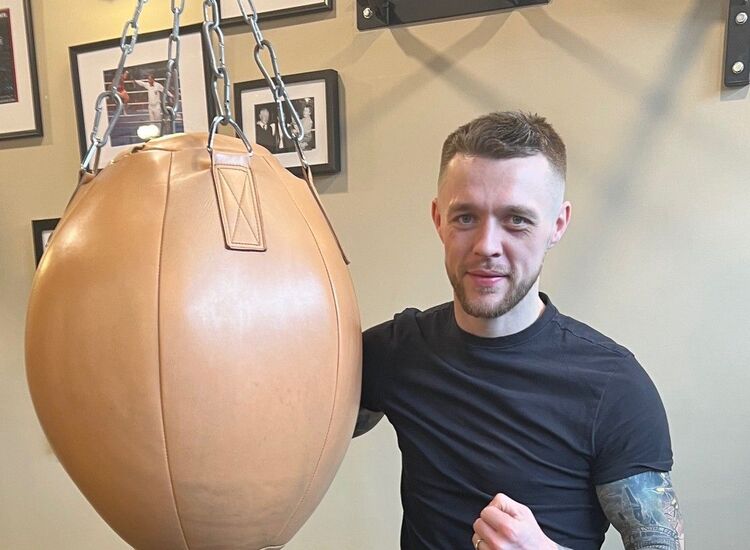The largest small town in the world
by Áine Ní Shionnaigh
Last week, I wrote about the magical transformation of the Dublin docklands into the most highly regarded global business and technology hub in Europe. However, the real magic of Dublin is that it’s not only a tech hub but has always been a literary and creative hub which combines to give this city an energy and spirit that cannot be recreated elsewhere. Similar to natural beauty, you either have it or you haven’t and Dublin most definitely has it. Dublin is a master blend of youth and tradition which effortlessly produces an authentic cool vibe blending old Dublin charm and character with new Dublin cool and creative.
Dublin is the largest small town in the world. The original small-town feeling has not been lost. It is a haven for foodies and coffee connoisseurs alike. Craft butchers, traditional bakeries still lie nestled amongst European-style coffee houses and great restaurants boasting world cuisines using local organic raw ingredients. Dublin boasts an abundance of artisan offerings: local meats, artisan breads, craft beers, vintage whiskies and meads, all in all an eclectic mix of shops, cafes, galleries and restaurants.
To paraphrase Dan Barry when he was describing Pete Hamill, “if the cobblestones of the Dublin streets could speak, they would sound like” James Joyce, Jonathan Swift, Bram Stoker, Oscar Wilde, George Bernard Shaw, Hugh Leonard and Maeve Binchy. Dubliners and indeed the Irish at large are renowned for being descriptive, historical and humorous; in short a melodic mélange of poets, artists, dreamers, fashionistas, foodies and storytellers.
You see Dublin has a long history of being a cosmopolitan trading center. Back in the ninth Century, the Vikings made medieval Dublin a trading center, world renowned for wealthy merchants, meat and fish sellers, bakers and brewers which is now being revived.
The physical remains of medieval Dublin can be seen today in the Cathedral Quarter around St Patrick’s and Christ Church Cathedrals and Dublin Castle which was the administrative center for medieval Ireland. Dublin is world renowned for its architecture, it developed from a rough stonewalled medieval town to a graceful Georgian city. It boasts some of the best preserved Georgian architecture in Europe – most famously: Trinity College, Irish Parliament House and The Four Courts.
For those looking for culture outside the hustle and bustle of the immediate city center, Dublin now has an ultra-modern enviable train and tram system, the DART and the LUAS that transport people to these small surrounding villages within a very short timeframe. Many of these villages are conveniently within walking distance of the city center.
Smithfield is the location of the old fruit and fish market, an intricate web of worn cobblestones and character. Urban art projects such as the Smithfield Art Tunnel and Block T provide gallery, studio and community spaces for visitors and locals. The Old Jameson Distillery is a delight to behold, opposite of which is what used to be my favorite haunt in Dublin, The Lighthouse Cinema, recently voted by Artinfo as one of the coolest cinemas in the world! Showcasing some of the best Irish and International films in the world. Stoneybatter is the original inner-city Dublin. It is one of the last bastions of Old Dublin. A strong community spirit abounds. It is currently full of artistic endeavors: screen-printers, gallery spaces, an internationally renowned publishing house and bookshop and a recording studio. The Stoneybatter Guild is almost like a mini Etsy providing artists with a commercial environment in which to nurture their art and make it into a sustaining business.
Further afield, fifteen minutes on the DART, north of the city lies the village of Howth, a historic fishing village, a haven for foodies who like seafood. Outdoor activities such s hiking, scuba diving and sailing abound. William Butler Yeats spent some of his childhood here in a cute cottage on Balscadden road that still bears his name.
Fifteen minutes on the Southside of the city is Dalkey, a Mediterranen like village, Dublin’s original seaside resort village. It boasts stunning views of the ocean and a range of outdoor activities from abseiling in Dalkey quarry to taking a dip in the nip at The Vico outdoor swimming spot. It is also bursting with literary tradition, Maeve Binchy was born and lived here as a writer and Hugh Leonard one of our most famous playwrights lived here and based many of his plays here.
What makes Dublin special is the people. Everywhere you go, Dublin is heaving with smiling people that lift your spirits and have time to talk. That’s the magic of the Irish, we still have time to talk, time to be.
Welcome to Dublin.
An tseachtain seo caite, scríobh mé mar gheall ar an claochlú draíochta na dugthailte Bhaile Átha Cliath ar an mol gnó agus teicneolaíochta domhanda is mó a mheas san Eoraip. Ach, ta se tabhachtacht a ra go bhfuil nios mo na mol ardteicneolaíochta I mBaile Atha Cliath ach i gcónaí bhiodh mol liteartha agus cruthaitheach a thugann fuinneamh agus spiorad nach féidir a cruthu in áit eile. Cosúil le áilleacht nádúrtha, tá tú ceachtar 'sé nó nach bhfuil tú' tá sé agus Baile Átha Cliath an chuid is mó cinnte é. Is i mBaile Átha Cliath ata meascán óige agus traidisiún a cruthaionn ‘vibe’ barántúla fionnuar cruthaitheah.
Is é Baile Átha Cliath an baile beag is mó ar domhan. Níl an mothú beag-baile caillte. Is tearmann é do ‘foodies’ agus ‘connoisseurs’ caife araon. Búistéirí ceardaíochta, báicéireachta traidisiúnta fós bréag ghleoite i measc tithe caife na hEorpa-stíl agus bialanna mór ag diol bain domhanda ag baint úsáide as comhábhair orgánach áitiúil amh. Stór Baile Átha Cliath raidhse de tairiscintí ceardaithe: Feoil áitiúla, arán artisan, beers ceardaíochta, fuisce beatha seanré agus meads. Siopaí leabhar d'aois i gcás ina bhfuil seoda ag fanacht le fáil ag taitneamh as na sráideanna ‘cobbled’.
Chun Dan Barry a athinsint nuair a bhí sé ag deanamh cur síos ar Pete Hamill, dá bhféadfadh ‘cobbles’ na sráideanna i mBaile Átha Cliath a labhairt, chloisfeadh siad fuaime mar James Joyce, Jonathan Swift, Bram Stoker, Oscar Wilde, George Bernard Shaw, Hugh Leonard, Maeve Binchy, tá cáil muid ar a bheith tuairisciúil, stairiúil, humorous, is féidir le duine ar bith U2, Glen Hansard,
Melange séiseach filí, ealaíontóirí, briongloidoiri, ‘fashionistas’, ‘foodies’, scéalaithe agus na gormacha fíor a rugadh agus a togadh i mBaile Atha Cliath.
Tá an ailtireacht i mBaile Átha Cliath cáiliul ar fud an domhain, d'fhorbair sé ó bhaile meánaoiseach garbh go cathair seoirseach. Ta roinnt de na ailtireacht sheoirseach is fearr a chaomhnú san Eoraip : go hairithe, : Coláiste na Tríonóide, Gaeilge Teach an Pharlaimint agus Na Ceithre Chúirteanna.
Cad a dhéanann Baile Átha Cliath speisialta do na daoine. I ngach áit a théann tú, tá Baile Átha Cliath dubh le daoine a ardaitheoir do biotáillí agus ag am a labhairt miongháire. Sin an draíocht na n-Éireannach, tá muid fós am chun labhairt, am a bheith. Fáilte go dtí Baile Átha Cliath.








